For most women, periods are a fact of life.
In general, they start somewhere around the age of 12, and continue once a month for the next four or five decades, causing womankind as a whole no small amount of trouble in the intervening time.
From purchasing the expensive “luxury” of sanitary products to trying, often in vain, to anticipate your cycle, it may be a powerful symbol of feminine fertility and power, but the menstrual cycle is also a giant pain in your you-know-what.
That said, we shouldn’t brush our periods off without paying attention to them. It may be a little bit icky at first, but being observant during your monthly cycle is often a great way to head off a health problem early.
Next time you get your period — or miss one — don’t see it as a major cramp in your lifestyle>; let it clue you in to some of your body’s most important secrets.
After all, if we’re going to deal with them every month, might as well make them useful!
Reddish-Pink
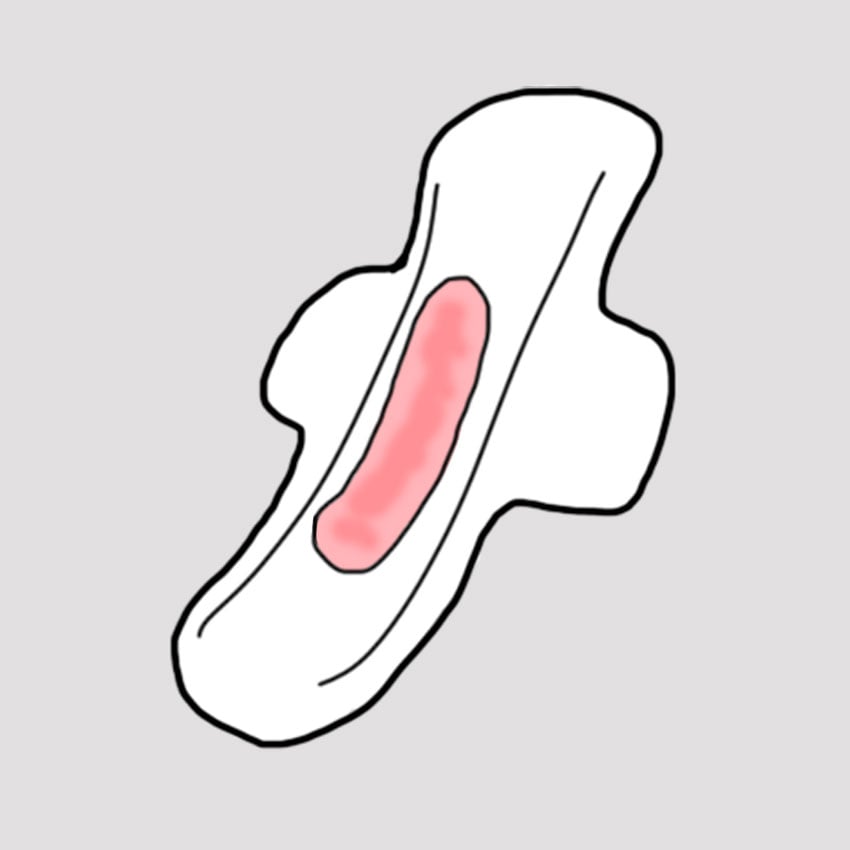
If you get pink discharge during your period, there's a simple explanation: you're just having a light day, with minimal blood mixed into your normal discharge.
If this crops up in between periods, it warrants a closer look.
It may be implantation bleeding (an early sign of pregnancy), spotting caused by hormone fluctuations, or an indicator of a concealed injury.
Bright Red
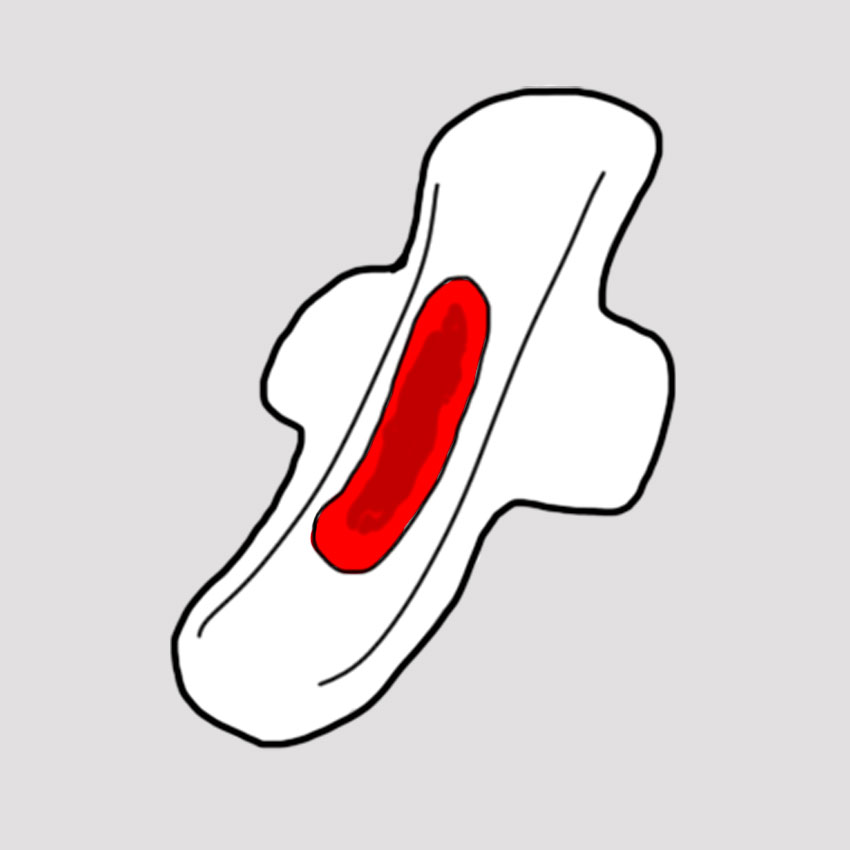
Bright red, or a cranberry-hued flow, is almost always a healthy sign.
You're shedding your uterine lining at a normal to speedy rate, and should be all "clean" by the end of the week.
The only time you should worry is if your period continues eight or more days, and remains bright red without stopping.
Deep Burgundy
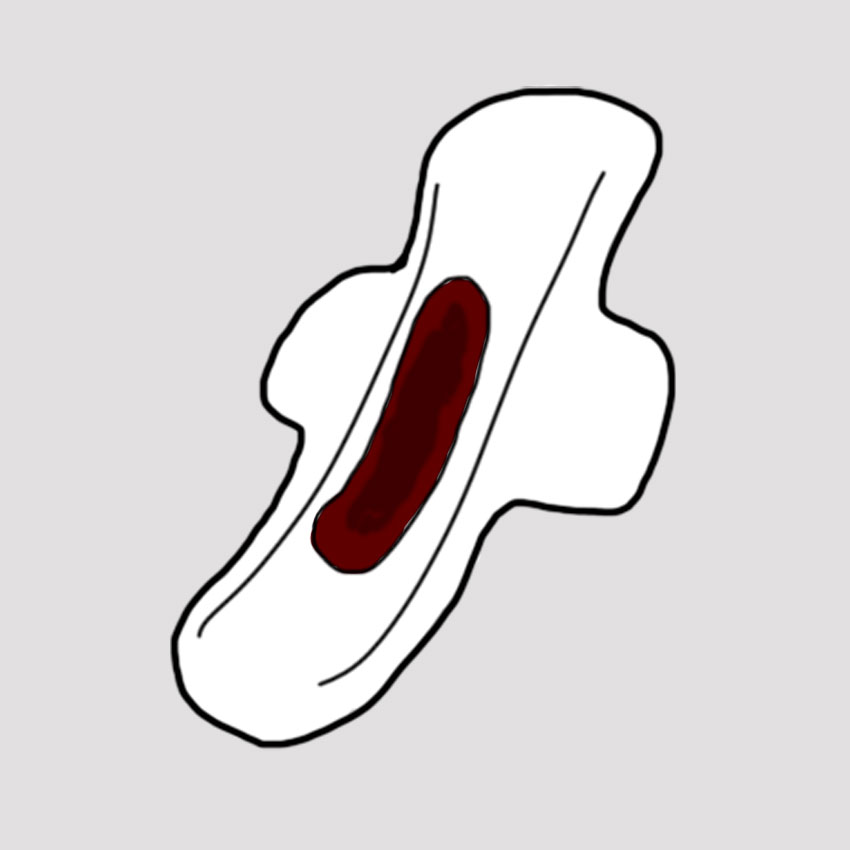
On your very heaviest days, you may experience bleeding that's a very deep burgundy in color, and has clots of blood in it. That's normal for days when your uterus picks up the pace.
If this same kind of extremely heavy flow continues, however, it may be a sign of fibroids, according to the Mayo Clinic.
You may also want to keep an eye out for grayish clots, which can be a sign of a very early term miscarriage.
Red-Orange
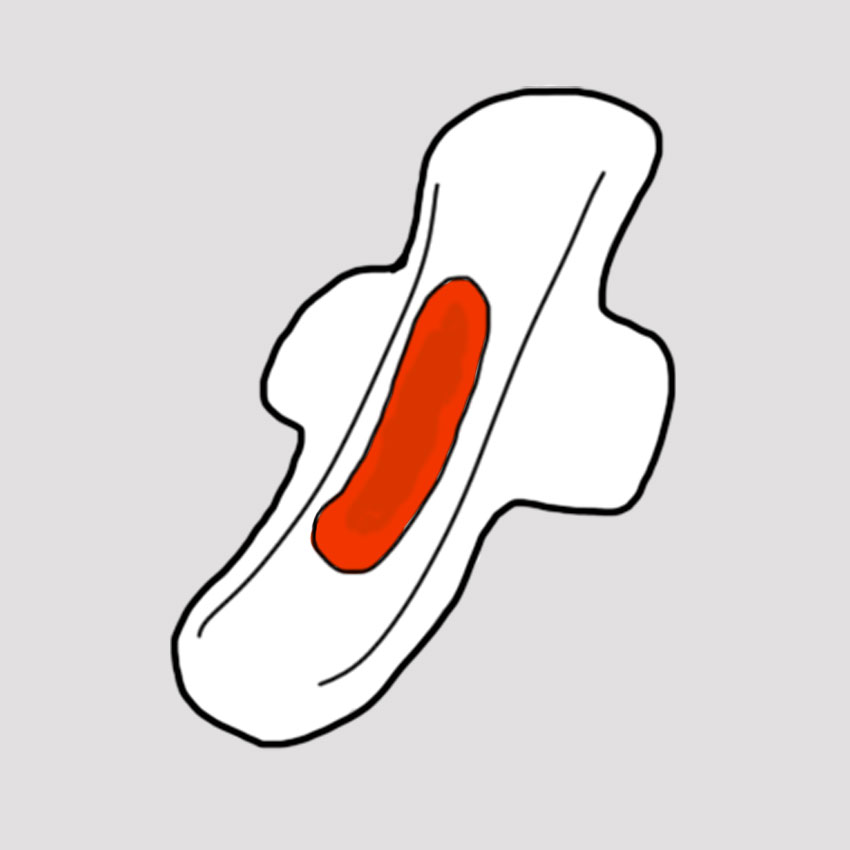
Pay close attention to any period blood with an orange tone to it.
In many cases, it's a harmless effect of cervical discharge mixing with blood.
But often, it can be an early sign of a vaginal infection, which may change the color of your ordinary discharge and creates a bright orange color that smells foul. In that case, see your doctor.
Brown-Black
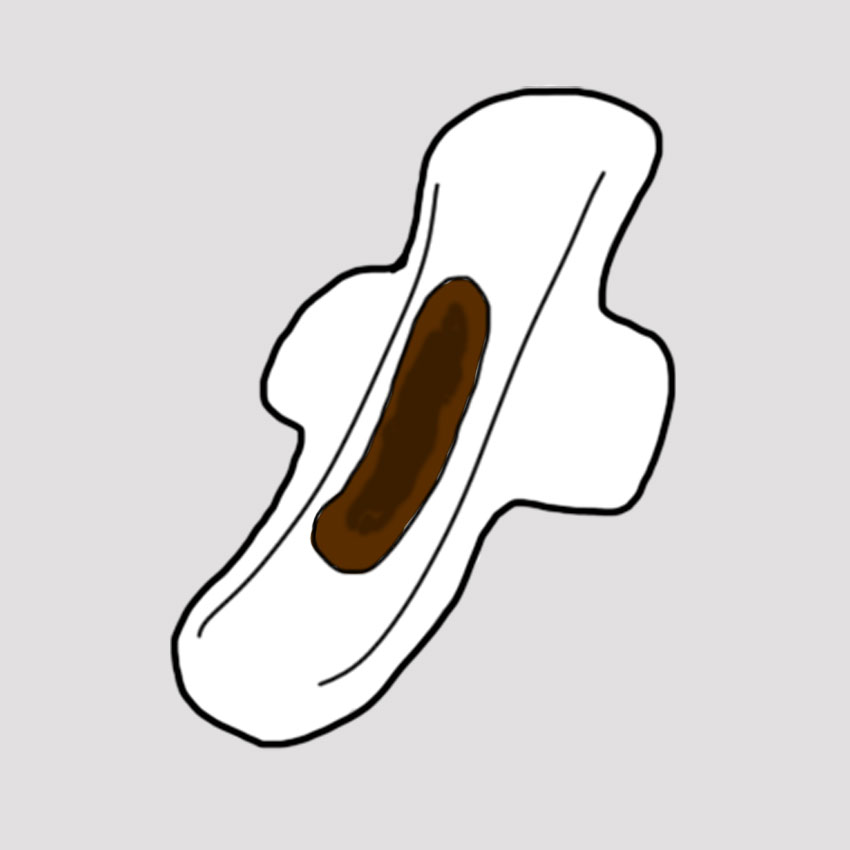
Brown or black discharge might be alarming at first, but not to worry!
It's a sign of older blood, either left over from your last cycle or from the beginning of this one.
As a general rule, this is totally normal.
The only exception is an orange or yellow tinge that may signal infection, or a flow so heavy that it appears black for more than a day, a signal of excessive bleeding.
Heavy Flow
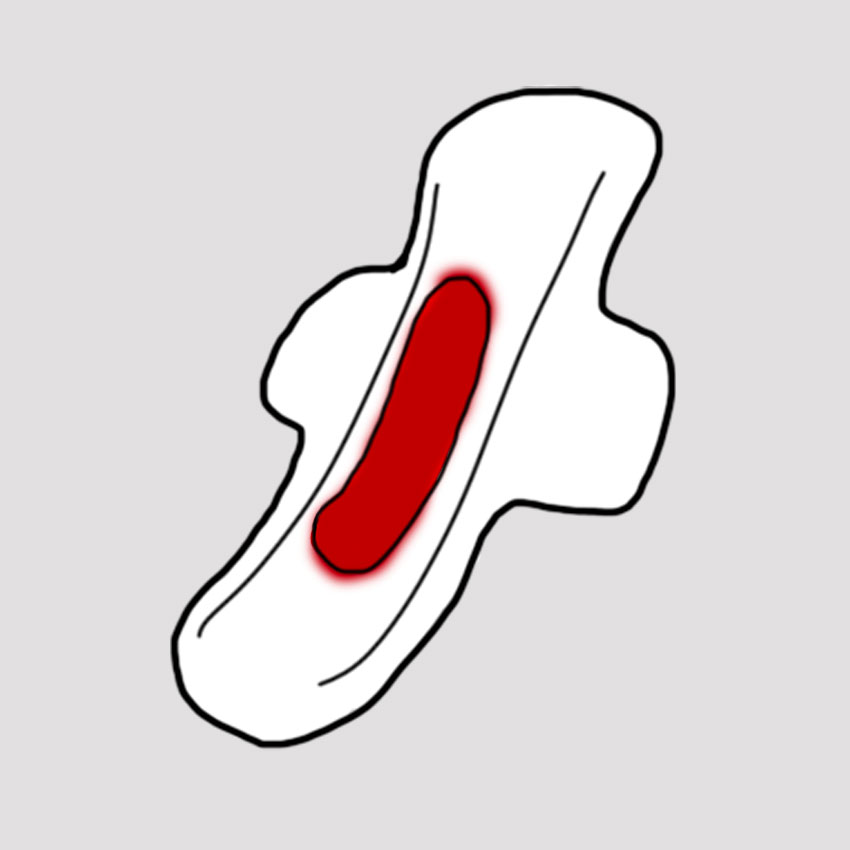
Most women experience heavy flow for at least part of their period. It depends entirely on the woman, but often "heavy" days fall smack in the middle of the period.
Heavy bleeding is normal at the height of your period, and is a sign that your uterine lining is shedding quickly.
However, if you find that you are saturating three or more sanitary devices per day, the bleeding may be excessive.
Spotting
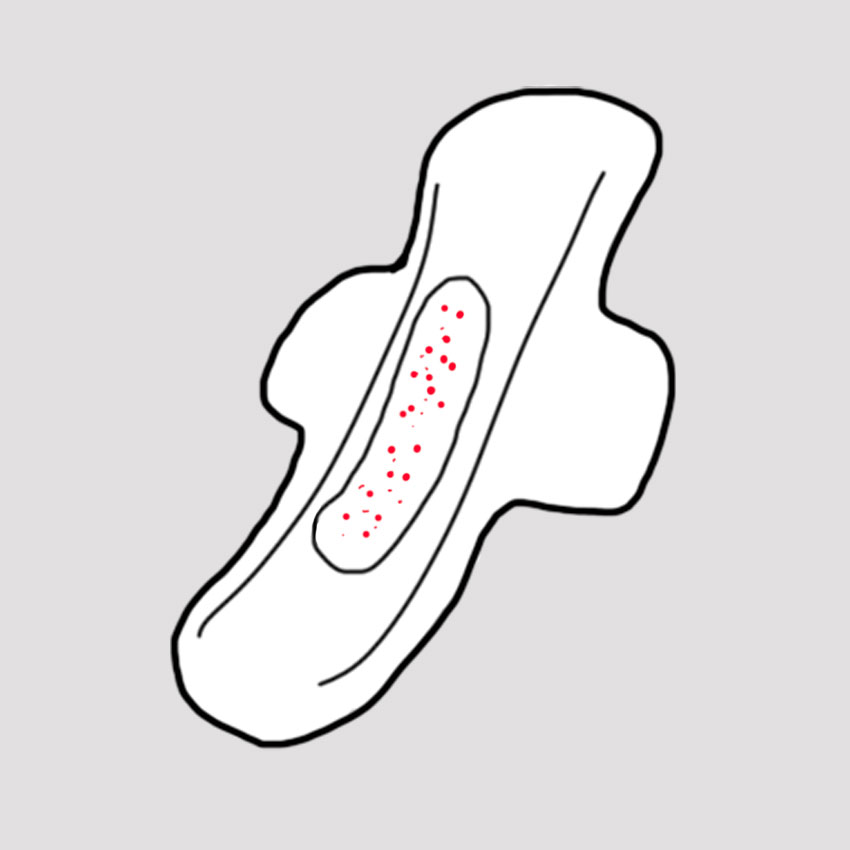
"Spotting" is generally defined as small amounts of bleeding at unexpected times during your cycle. It may not necessarily appear as actually spots, but more of a pale or brownish stain.
It may be a sign of a hormonal imbalance tweaking your cycle, and it can be an early sign of pregnancy.
It may also be your body's (totally normal) way of marking its cycle, even when you're in the middle of a pregnancy.
Skipped Periods
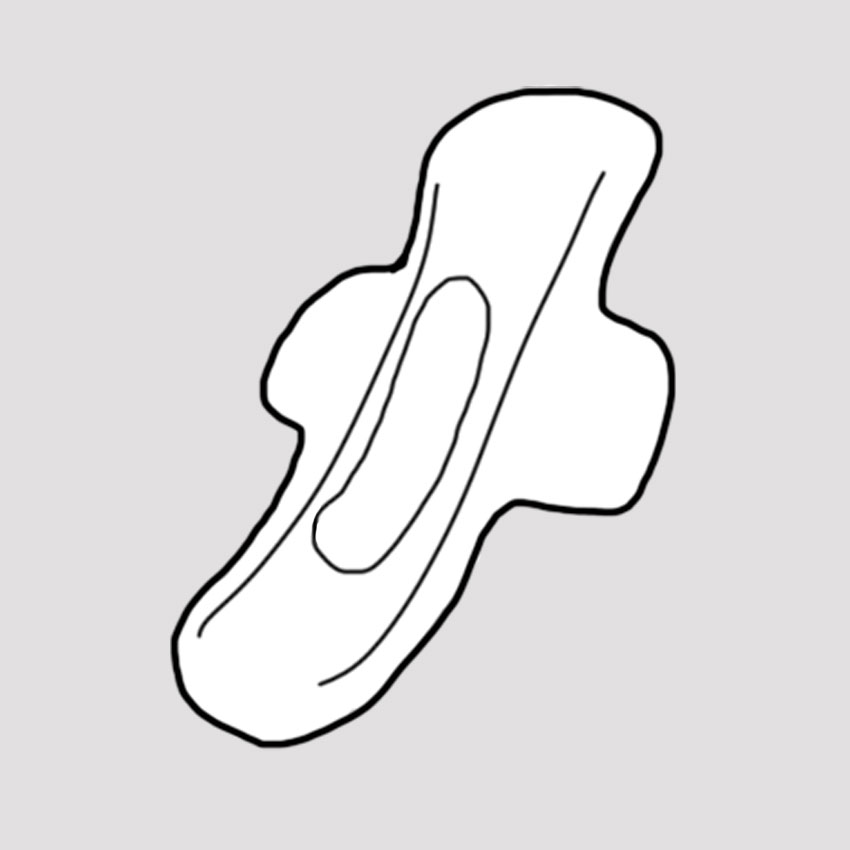
If you aren't getting any period at all, you should most likely schedule an appointment with your gynecologist. There are a huge range of explanations for amenorrhea.
The most obvious are pregnancy and menopause. Other explanations include sudden change in weight, recent shock, or severe illness.
Make sure you see your doctor, and get to the root of the skipped period!
Knowing the difference between the rainbow of period colors can make a huge difference in your health.
Make sure you SHARE this important guide with all of the women in your life!




